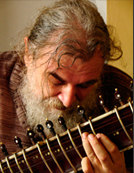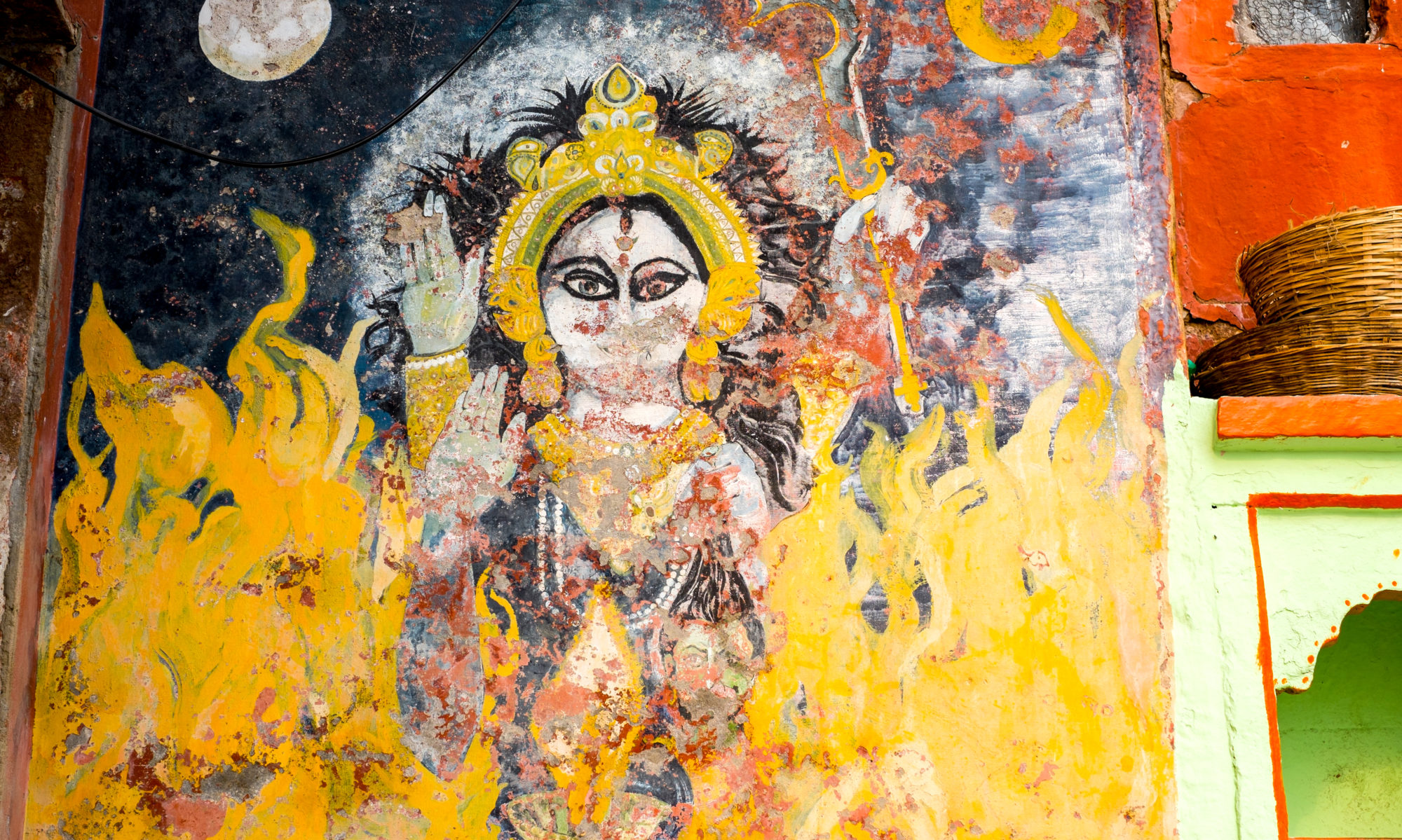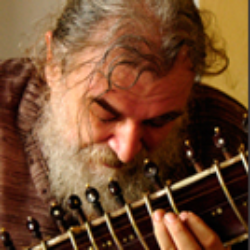
 Centering, Equilibrium, Madhyama, equipose, point of repose – There are the words that come to our mind when studying Abhinavagupta’s contribution to Indian thought, music and Natya sastra (Abhinavabharati). While being a master in propounding the dynamism of the observable and unobservable universe, he constantly comes back to the mystic core of repose. The “Hrydam” he often refers to, balances the otherwise seemingly fleeting fluctuations of the opposites of manifestation and involution.
Centering, Equilibrium, Madhyama, equipose, point of repose – There are the words that come to our mind when studying Abhinavagupta’s contribution to Indian thought, music and Natya sastra (Abhinavabharati). While being a master in propounding the dynamism of the observable and unobservable universe, he constantly comes back to the mystic core of repose. The “Hrydam” he often refers to, balances the otherwise seemingly fleeting fluctuations of the opposites of manifestation and involution.
In his translation of Paratrisika Vivarana, Dr. Jaideva Singh explains how the 16 Kalaas, i.e. The phonemes ‘A’ through ‘Ah’ are called Svara on the account of their revealing the delightful mental state.
“Thus the word Svara means those which trasmitting the essential nature to the highet experient (i.e. anuttara) offer themelves ie. get dissolved in anuttara (as vowels, in the aspect of Samhara or withdrawal) and offer their form as consonants like “ka” etc externally (in the aspect of Prasaara or expansion)…. Thus everyone in all kinds of knowledge, these phonemes from “A” to “Ksa”, ingenious in bringing about varied acts, coming together in their several, distinctive forms, fundamentally appearing without succession displaying the transition of forms one after the other by their effectuating powers bring about spatial and temporal distinction” (Dr. Jaideva Singh, Paratrisika Vivarana).
Abhinava applies this integral vision to musicology. In his paper (Abhinavagupta’s contribution to the solution of some problems in Indian Musicology), Dr. Jaideva Singh explains beautifully Abhinava’s point of view on Svara.
vayaṃ tu śruti-sthānābhighāta-prabhava-śabda- prabhāvito’nuraṇanātmā snigdha-madhuraḥ śabda eva svara iti vakṣyāmaḥ |
“The natural tendency of the mind is only towards plain sound. A musical note or svara has the power to obtrude itself on the mind, to set aside its natural tendency towards mere sound, and by its excess of pleasantness makes the mind susceptible to emotion, and thus imposing itself on it makes its presence felt. This is not a literary tour de force on the part of Abhinavagupta. He has drawn our attention to a patent psychic state aroused by a musical note, and in this consists his originality.”
Finally, when introducing Taala, Abhinava describes
I offer threefold praise to this octoform body (Shiva), whose essence is illusion, holding a token of enjoyment, in whom there is perfect equilibrium of all worldly activity by means of divisions (kalaa), time (kalaa), and rest (laya). Abhinavagupta, Abhinavabharati 31.1 (trans. Rowell, p. 188).
One can see how the master is packing his core philosophy into music and his introductory verse on Taala. Equilibrium seems to be the focus and raison de’erte of his thinking which encompasses the divided activity of tone divisions (srutis), timing and the rest in between.
Hope this provides a taste of Abhinava’s genius in applying a consistent and cogent narrative to all areas – philosophy, music, drama etc.
With this in mind, we present you a very special music delight from Markji. The recording is bit dated and not of best quality but Markji’s virtuosity is fantastic. We welcome you to download and immerse yourself in the Abhinavan universe.
1. A short introduction and speech by Kishor Kumar Misra, the great tabalist who worked as a faculty at The Center for Performing Arts for over 30 years and now retired
2. Raga Puriya Kalyan – Full performance
3. Raga Bhairavi – Short performance



